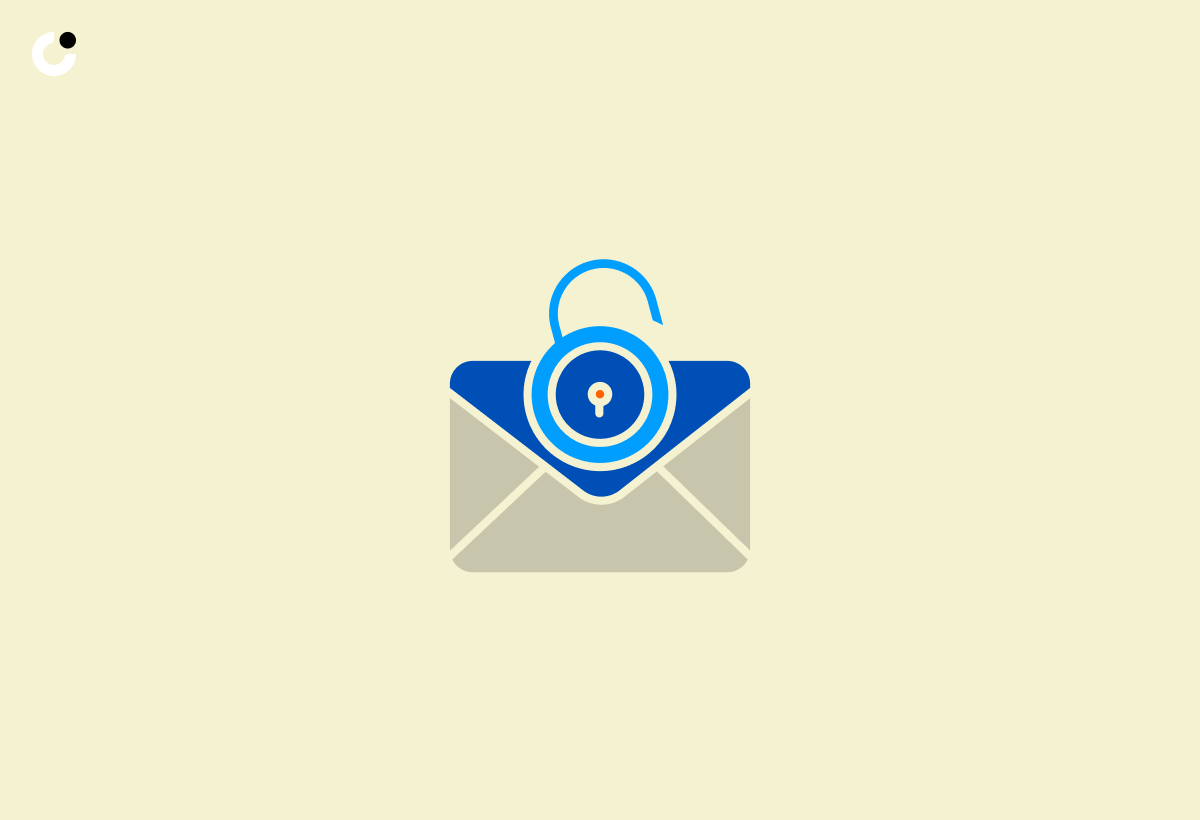Are you struggling to make your cold emails stand out in the crowded inboxes of your prospects? With a well-crafted cold email marketing strategy, you can significantly boost your chances of reaching new prospects, building relationships, and driving business growth.
In this blog post, we will unveil the secrets of cold email marketing, helping you to craft persuasive emails that resonate with your target audience and overcome common cold email challenges.
Key Takeaways
- Cold email marketing is an effective method to reach potential clients and convert leads into paying customers.
- Creating a successful cold email campaign requires identifying target audiences, crafting compelling messaging, optimizing outreach methods, and adhering to regulations.
- Cold email tools & resources can help streamline & optimize campaigns while staying up-to-date on the latest trends & best practices.
The Power of Cold Email Marketing

Cold email marketing serves as a potent method for reaching potential clients and transforming cold leads into paying customers. Integrating this strategy into your marketing efforts can help you connect with prospects and sustain meaningful customer relationships. However, it’s essential to remember that your first cold email campaign may not yield instant results. Achieving success in cold email outreach demands a blend of persistence, dedication, and ongoing optimization.
Why does cold emailing work? It’s simple: cold emailing allows you to target specific individuals who may be interested in your product or service, enabling you to craft personalized messages that resonate with their needs and preferences. Additionally, cold emails provide a cost-effective way to initiate valuable conversations with cold prospects, compared to more traditional methods like cold calling.
Successful cold email campaigns hinge on the creation of compelling content, optimization of outreach methods, and constant evaluation and refinement of your cold email strategy. By incorporating the essential components of an effective cold email, such as attention-grabbing subject lines, personalized content, and clear calls-to-action, you can significantly increase the chances of your cold emails being opened, read, and ultimately, generating a positive response.
Why Cold Emailing Works

The effectiveness of cold emailing is largely attributed to its targeted approach. By identifying specific indications that a potential customer may be interested in your offering, you can:
- Send personalized and timed cold emails to those potential customers as part of your email marketing campaigns
- Amplify the chances of connecting with the right audience
- Bolster response rates compared to conventional mass email campaigns
The ability of cold emailing to provide a personalized touch in a time when individuals are flooded with generic promotional emails and unsolicited messages contributes to its effectiveness. By crafting a cold email that addresses the recipient’s pain points and showcases the unique value of your product or service, you can stand out from the competition and pique their interest.
The ability of cold emailing to spark valuable conversations with potential customers is another contributing factor to its success. Whether you’re promoting a blog post or trying to schedule a sales call, cold emails provide an effective means of sparking interest and engaging with your target audience. By combining a targeted approach with personalized content, you can significantly boost the success of your cold email outreach efforts.
The Role of Cold Email in Digital Marketing
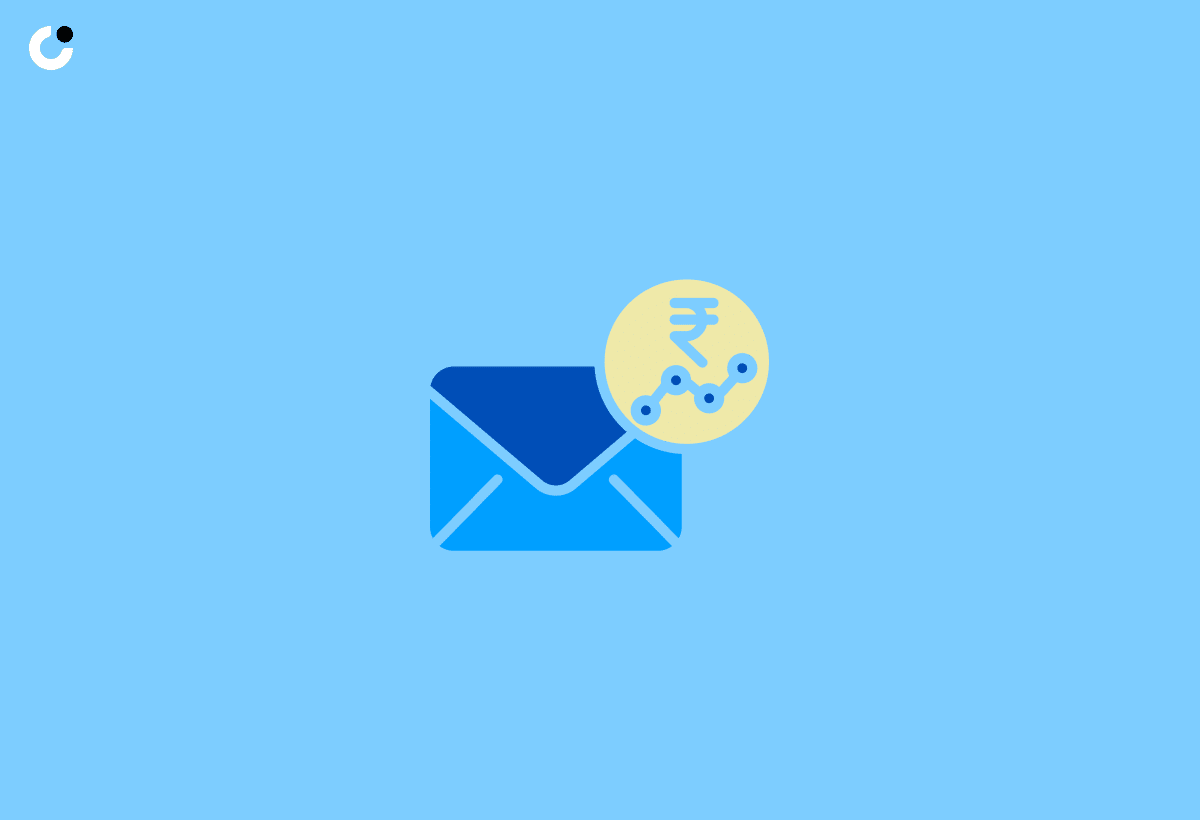
Cold email is a pivotal aspect of email marketing, crucial for reaching potential customers during a cold outreach campaign. It complements other marketing strategies by providing a targeted and personalized approach to introducing potential customers to your website or content, and ensuring your emails don’t end up in the spam folder.
An attention-grabbing subject line, personalized and fitting content, and a concise, persuasive call-to-action are the main ingredients of a successful cold email. By using a more targeted approach than cold calling, cold emails can effectively engage potential customers, build brand recognition, trust, and loyalty, while also driving website traffic and conversions.
Overcoming the hurdles of cold emailing, like bypassing spam filters and building trust with recipients, necessitates crafting a personalized, relevant pitch and reaching out to suitable individuals. By doing so, you can ensure that your cold email outreach efforts are not only effective but also compliant with regulations like the CAN-SPAM Act, further solidifying your position in the digital marketing landscape.
Crafting Your Cold Email Campaign Strategy
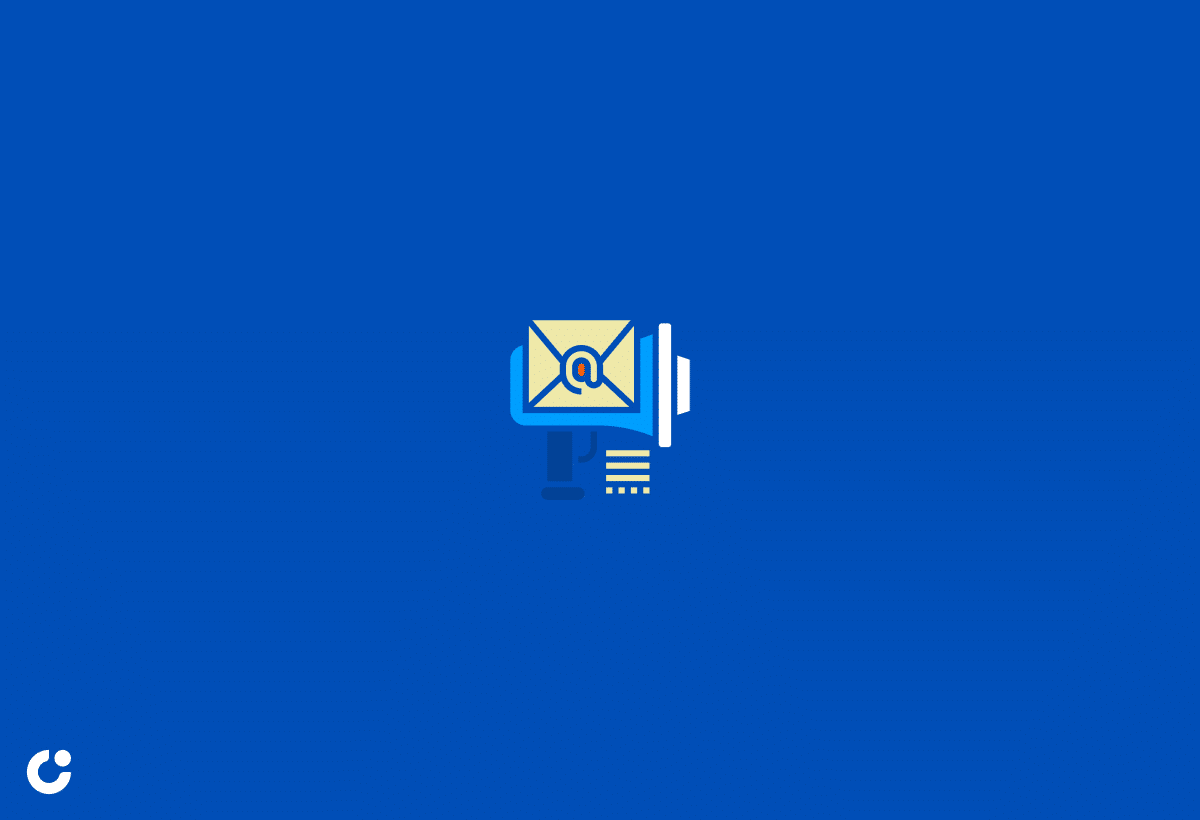
The success of your cold email outreach efforts hinges on a carefully constructed cold email campaign strategy. To create a winning strategy, you need to identify your target audience, craft compelling messaging, and optimize your outreach methods. By focusing on these key aspects, you can increase the chances of your cold emails being opened, read, and generating a positive response.
Developing a successful cold email campaign strategy necessitates investing time and effort into understanding your target audience and their needs and preferences. This will allow you to create personalized and relevant content, ensuring that your emails resonate with your prospects and motivate them to take action.
Optimizing your outreach methods is another critical element of a successful cold email campaign strategy. This includes adhering to best practices for sending cold emails, such as timing, frequency, and follow-up strategies, to maximize the chances of your emails reaching their intended recipients and achieving the desired results.
Identifying Your Target Audience

Identifying the perfect prospects for your cold email campaign is essential for its success. By refining your target audience, you can create emails that are pertinent and attractive to each individual you are attempting to reach. This ensures that your efforts are focused on those most likely to be interested in your offering, maximizing the chances of a positive response.
Trigger/intent-based approach and general prospecting approach are the two main methods to create a lead list. Both of these have their own set of advantages which make them well suited for various scenarios. The trigger/intent-based approach involves identifying potential customers based on specific triggers or intent signals, such as recent job changes, company expansions, or industry trends. In contrast, the general prospecting approach focuses on recognizing potential customers based on general criteria, like industry, company size, or job title.
Keeping your lead list organized is vital for efficient cold emailing. An organized lead list enables you to:
- Manage your outreach initiatives
- Increase the likelihood of converting ideal customers into paying customers
- Have a pool of highly relevant potential customers at your fingertips
- Save time and effort when contacting individuals who are most likely to be interested in your offering.
Creating Compelling Messaging

The creation of compelling and persuasive cold email content is fundamental to connecting with your target audience and prompting them to take the intended action. Many email marketers and cold emailers overlook the importance of focusing on the recipient’s needs and presenting a message that is genuinely beneficial to them. By ensuring your messaging is relevant and valuable to your prospects, you can significantly increase the chances of a positive response.
Employing mail merge fields, like the recipient’s name, company, job title, and location, is an effective method of personalizing your cold email content. This allows you to tailor your message to each individual prospect, demonstrating that you have taken the time to research their needs and preferences. In addition, incorporating conditional content into your cold emails can further enhance personalization by enabling you to create distinct messages for different segments of your target audience.
Striking a balance between using templates and personalized content is key when crafting your cold email messaging. Templates can be a valuable starting point and save time when crafting your emails, but relying solely on them can lead to generic messaging that fails to resonate with your prospects. Instead, focus on customizing your templates to suit the unique needs and preferences of your target audience, ensuring your messaging remains fresh and engaging.
Optimizing Outreach Methods

Successful cold email campaigns depend on the optimization of your outreach methods. This involves discovering the most effective practices for sending cold emails, such as timing, frequency, and follow-up strategies. By following these best practices, you can maximize the chances of your emails reaching their intended recipients and achieving the desired results.
Adhering to fundamental principles like targeting appropriate prospects, crafting personalized messages, and optimizing send times and frequency is vital when sending cold emails. In addition, it’s crucial to have a well-thought-out follow-up strategy in place to maximize the chances of a positive response. This includes sending follow-up emails as responses to prior emails in the same thread and striking a balance between being persistent and irritating to your recipients.
Utilizing automated follow-ups can further enhance your cold email outreach efforts by streamlining the follow-up process and ensuring timely communication with your prospects. With the help of automation, you can:
- Set up a sequence of auto follow-ups for any cold campaign
- Send the necessary amount of follow-ups to achieve the desired result
- Initiate auto follow-ups to be sent until a reply is received
This not only saves you time and effort but also increases the chances of a positive response from your cold email recipients.
Essential Components of an Effective Cold Email

Three key elements form an effective cold email: an attention-grabbing subject line, personalized and relevant content, and a clear, compelling call-to-action. By incorporating these essential components into your cold email, you can significantly increase the chances of your emails being opened, read, and generating a positive response.
Remember, the subject line is the first impression your recipients get, making it essential for it to be relevant and engaging. Keep the subject line concise, provide a clear indication of the email’s purpose, and consider adding a personal element to increase its effectiveness. Research shows that subject lines with personalization result in a 21.8% response rate. In comparison, non-personalized subject lines only receive a 16.7% response rate.
Beyond the subject line, the content of your cold email is vital to its success. By crafting personalized and relevant content that addresses the recipient’s needs and preferences, you can significantly increase the likelihood of a positive response.
Finally, including a clear and persuasive call-to-action in your cold email is essential for motivating recipients to take the desired action, such as scheduling an appointment or making a purchase.
Attention-Grabbing Subject Lines
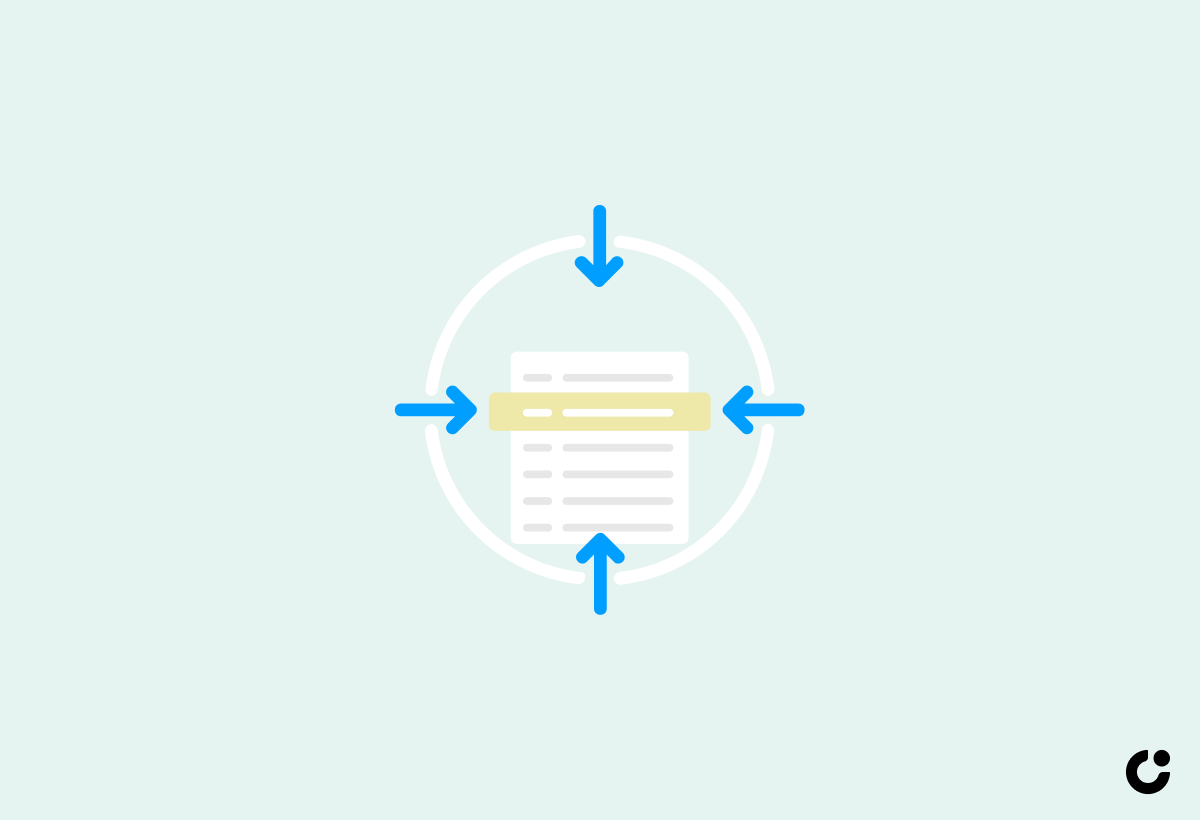
Crafting captivating subject lines is essential for encouraging recipients to open and read your cold emails. The subject line is the initial impression your recipients will receive, so it should be pertinent and engaging. To create an effective and engaging subject line, keep it concise, provide a clear indication of the email’s purpose, and consider adding a personal element.
It is generally advised that a cold email subject line should be kept to a maximum of 45 characters, with an ideal length of 41 characters. This ensures that the subject line is not truncated by email providers and allows recipients to quickly grasp the purpose of your email. Furthermore, avoid using clickbait or misleading subject lines, as they can damage your credibility and lead to recipients not responding to your emails.
To craft an attention-grabbing subject line, consider employing action words such as ‘shop,’ ‘book,’ and ‘order,’ as well as urgent words like ‘now’ or ‘today’ to motivate prompt action. Additionally, crafting creative, humorous, and catchy phrases can make the subject line more memorable and engaging, further increasing the chances of your email being opened and read.
Personalized and Relevant Content

Personalization is critical when it comes to cold email marketing. Without sufficient knowledge of the recipient, it is challenging to initiate a conversation. Investigating the recipient’s professional and social profiles can provide insight and help ensure the networking email is successful.
Incorporating a portion of the recipient’s published content into the email as a sign of admiration for their work and to demonstrate that you have read their content piece can be an effective approach when attempting to promote content. This not only shows that you have taken the time to research their needs and preferences, but also makes the recipient feel as though you are already familiar with them, which helps to set up a sense of trust and credibility.
Another effective personalization technique is using mail merge fields, such as the recipient’s:
- name
- company
- job title
- location
This allows you to tailor your message to each individual prospect, demonstrating that you have taken the time to research their needs and preferences.
Furthermore, incorporating conditional content into your cold emails can further enhance personalization by enabling you to create distinct messages for different segments of your target audience.
Clear and Compelling Calls-to-Action
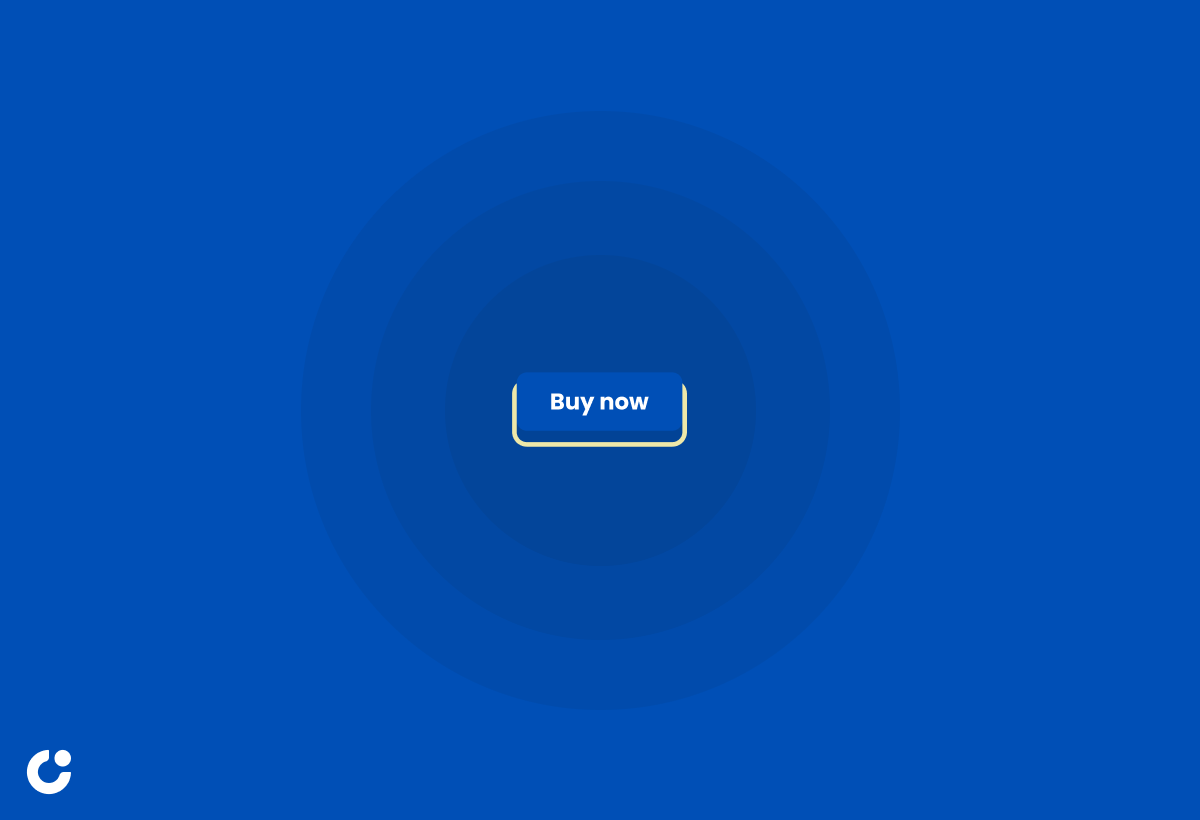
Crafting clear and compelling calls-to-action (CTAs) is essential for motivating recipients to take the desired action in response to your cold email. To create an effective CTA, follow these tips:
- Utilize action verbs
- Keep the language simple
- Be specific
- Place the CTA at the end of your email
This ensures that your CTA is easily visible and encourages recipients to take action after reading your email.
Employing action words such as ‘shop,’ ‘book,’ and ‘order’ can maximize engagement in a cold email call-to-action. Additionally, including urgent words like ‘now’ or ‘today’ can motivate prompt action, further increasing the chances of a positive response from your recipients. Crafting creative, humorous, and catchy phrases can also make the call-to-action more memorable and engaging, helping to drive the desired action.
Examples of effective calls-to-action include “Sign up now to get 10% off your first purchase!”, “Book your appointment today!”, and “Order your free sample now!”. By incorporating clear and persuasive CTAs in your cold emails, you can significantly increase the likelihood of a positive response and achieve the desired outcome of your cold email outreach efforts.
Overcoming Cold Email Challenges

Cold email marketing presents its own set of challenges, like evading spam filters, fostering trust with recipients, and evaluating campaign success. By understanding and addressing these challenges, you can optimize your cold email strategy and increase the chances of achieving your desired results.
Addressing these challenges requires careful analysis and assessment of your outreach strategies to improve the results of your cold email outreach. By focusing on key metrics, such as:
- Open rates
- Click-through rates
- Conversion rates
- Return on investment
You can gain insights into the effectiveness of your cold email campaigns and make data-driven decisions to improve your strategy.
Beyond analyzing your cold email strategy, it’s crucial to invest in appropriate tools and resources to aid your cold email marketing endeavors. From email validation services to automation platforms, and educational resources, there are various tools available that can help streamline and optimize your cold email campaigns.
Navigating Spam Filters

Evading spam filters and avoiding spam folders present a significant challenge in cold email marketing. To ensure your cold emails reach their intended recipients, it’s important to follow best practices for sending cold emails, such as verifying email addresses, warming up your email account, and implementing SPF and DKIM protocols.
Email account warm-up is the process of verifying that an email account is being operated by an actual person before sending out cold emails in bulk quantities. Warming up your email account can enhance email deliverability and ensure that your cold emails reach their intended recipients. In addition, using a custom tracking domain can help monitor open rates for your emails and improve deliverability.
By adhering to best practices for sending cold emails and utilizing email validation services, you can effectively navigate spam filters and ensure your cold emails reach their intended recipients. This not only increases the chances of a positive response but also helps protect your sender reputation and maintain compliance with regulations like the CAN-SPAM Act.
Building Trust with Recipients

Creating credibility and trust with your cold email recipients is key to boosting the chances of a positive response. To build trust with recipients, focus on personalization, researching your prospects, and providing value in your emails.
Sender reputation plays a significant role in establishing trust with cold email recipients. A favorable sender reputation implies that the sender is trusted by recipients and heightens the probability of emails arriving in the recipients’ inboxes as opposed to being marked as spam. Maintaining a sound sender reputation is essential for guaranteeing that cold emails are delivered successfully and that recipients interact with the content.
In addition to maintaining a strong sender reputation, it’s important to invest in building customer relationships and providing value in your cold emails. Here are some strategies to consider:
- Focus on the recipient’s needs and preferences.
- Present a message that is genuinely beneficial to them.
- Personalize your emails to make them more relevant and engaging.
- Use a conversational tone and avoid sounding too salesy.
- Provide valuable content or resources that the recipient can benefit from. By following these strategies, you can significantly increase the chances of a positive response and foster long-lasting customer relationships.
Measuring Cold Email Success

Grasping the key metrics and indicators of cold email success is crucial for evaluating and enhancing your campaigns. By focusing on metrics such as:
- Open rates
- Click-through rates
- Conversion rates
- Response rates
- Return on investment
You can gain valuable insights into the effectiveness of your cold email strategy and make data-driven decisions to improve your campaigns.
The success of your cold email outreach efforts hinges on a well-structured cold email strategy. By analyzing your cold email strategy and identifying areas for improvement, you can optimize your campaigns and increase the chances of achieving your desired results.
Beyond analyzing your cold email strategy, it’s crucial to invest in appropriate tools and resources to aid your cold email marketing endeavors. From email validation services to automation platforms, and educational resources, there are various tools available that can help streamline and optimize your cold email campaigns.
Cold Email Tools and Resources

In order to bolster your cold email marketing efforts, it’s crucial to take advantage of the assorted tools and resources available in the market. These tools can help streamline your email campaigns, ensuring accuracy and deliverability, and providing valuable insights to optimize your outreach efforts.
Tools and resources such as email validation services, cold email automation platforms, and educational resources can aid you in boosting your cold email marketing strategies. By investing in these tools, you can save time, effort, and resources while ensuring that your cold email campaigns are effective and reach their intended recipients.
In addition to using tools and resources, it’s crucial to stay updated on the latest trends and best practices in cold email marketing. By accessing valuable educational resources, such as online courses, books, and guides, you can further enhance your cold email marketing knowledge and skills, ensuring the continued success of your cold email campaigns.
Email Validation Services
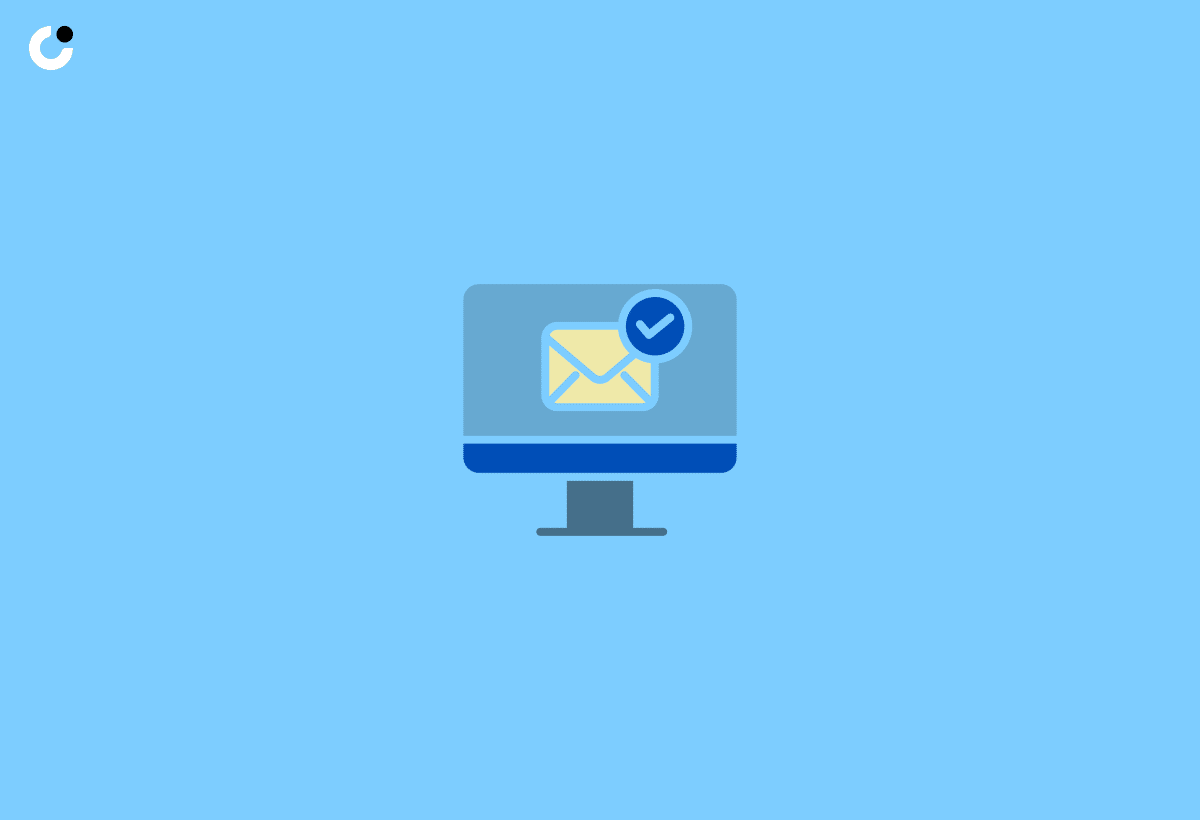
Leveraging email validation services can assure the precision and deliverability of your cold email campaigns. These services help ensure that your emails are sent to valid and active email addresses, preventing bounces and safeguarding your sender reputation.
Some of the most suitable email validation services for cold email campaigns include:
- Woodpecker
- Saleshandy
- Snov.io
- ZoomInfo SalesOS
- ZeroBounce
- UpLead
- Reoon Email Verifier
- RocketReach
- MailerLite
- Clearout.io
When selecting an email validation service, consider features such as spam trap detection, catch-all server check, bulk verification, bounce handling, disposable email detection, syntax check, and integration options.
By using email validation services, you can:
- Ensure that your cold email campaigns are delivered successfully
- Increase the chances of a positive response from recipients
- Protect your sender reputation
- Maintain compliance with regulations like the CAN-SPAM Act.
Cold Email Automation Platforms
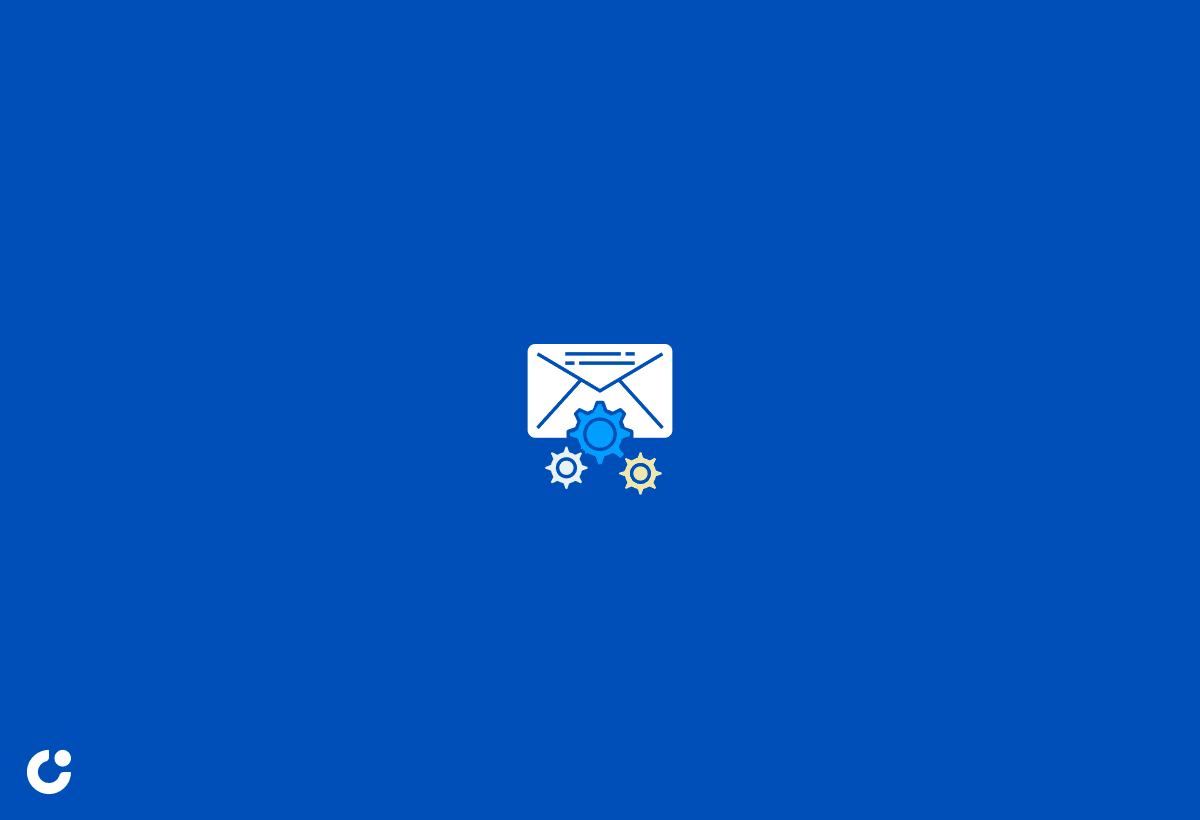
Cold email automation platforms aid and augment the process of sending cold emails. These platforms can streamline your outreach efforts by automating tasks such as sending follow-up emails, managing your lead list, and tracking email performance.
Some of the available cold email automation platforms include Yesware, GMass, and Woodpecker. These platforms offer various features, such as email templates, scheduling, and analytics, to help you optimize your cold email outreach efforts and achieve the desired results.
By leveraging cold email automation platforms, you can:
- Save time and effort
- Ensure that your cold email campaigns are effective and reach their intended recipients
- Increase the chances of a positive response
- Maintain compliance with regulations like the CAN-SPAM Act
- Safeguard your sender reputation.
Educational Resources

To augment your cold email marketing knowledge and skills further, it’s vital to make use of valuable educational resources. These resources can provide insights into:
- The latest trends in cold email marketing
- Best practices for crafting effective cold email campaigns
- Proven strategies for increasing open and response rates
By staying informed and continuously learning, you can improve your cold email marketing efforts and achieve better results.
Some of the educational resources available for cold email marketing include:
- Examples of successful cold email templates
- Top-rated online courses for learning cold email marketing strategies
- Best books on cold email marketing
- Comprehensive guides for cold email marketing available online
- Websites offering free educational resources on cold email marketing strategies
By staying updated on the latest cold email marketing techniques and strategies, you can continually improve your campaigns and achieve better results.
Investing in your cold email marketing education not only helps you stay ahead of the competition but also ensures the continued success of your cold email campaigns. By leveraging these educational resources, you can:
- Gain valuable insights
- Develop the skills necessary to create engaging, persuasive, and effective cold emails
- Resonate with your target audience
- Drive results
Summary
In conclusion, cold email marketing is a powerful tool for reaching new prospects, building relationships, and driving business growth. By crafting compelling messaging, optimizing outreach methods, and leveraging the right tools and resources, you can ensure the success of your cold email campaigns. Stay informed, invest in your education, and continually refine your cold email strategies to achieve better results and make a lasting impact on your target audience.
Frequently Asked Questions
What is cold email marketing?
Cold email marketing is a personalized one-to-one strategy used to contact a specific individual with the intent of initiating a business conversation. The aim is to establish a relationship and pitch a product or service.
Is cold email marketing legal?
Cold emailing is not illegal and businesses can take advantage of this marketing strategy, provided they comply with relevant regulations. However, businesses should be aware of the risks associated with cold emails, such as damage to their reputation and a high rate of recipients marking emails as spam or unsubscribing.
What is cold email example?
I recently came across your name on [source] and was wondering if you could help me out with a solution for an industry problem. I think [recipient's company] could really benefit from it, but I'm having trouble connecting. Here's an example of my work: [link to best example of your work or favorite part of your portfolio]. Can we discuss further?
How do I start cold email marketing?
To start cold email marketing, craft an attention-grabbing opening that mentions shared interests, targets a pain point, or gives a genuine compliment. Then use a professional and personalized tone to introduce yourself and your purpose, provide value, and end with a clear and direct call-to-action (CTA).
What is the ideal length for a cold email subject line?
The ideal length for a cold email subject line is 40 to 45 characters.

